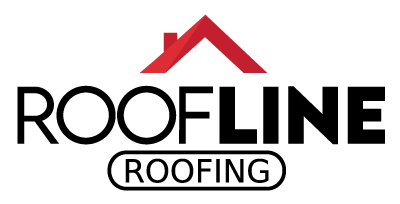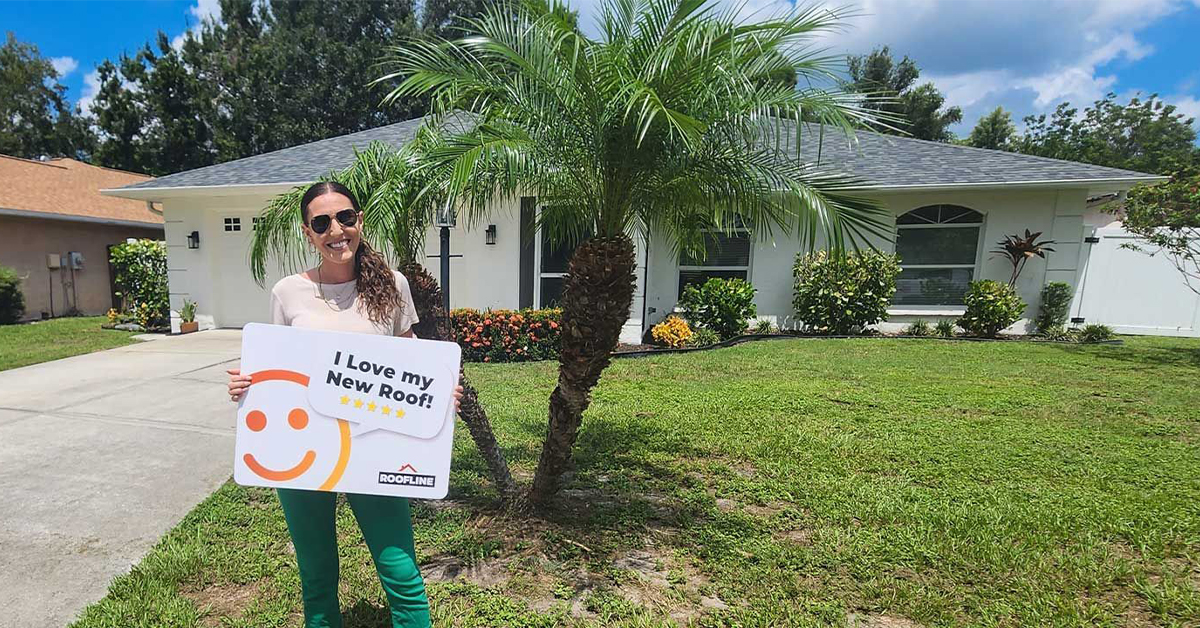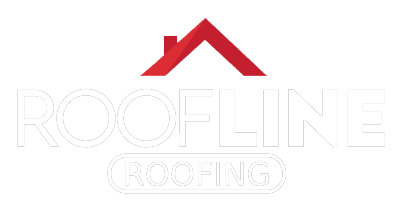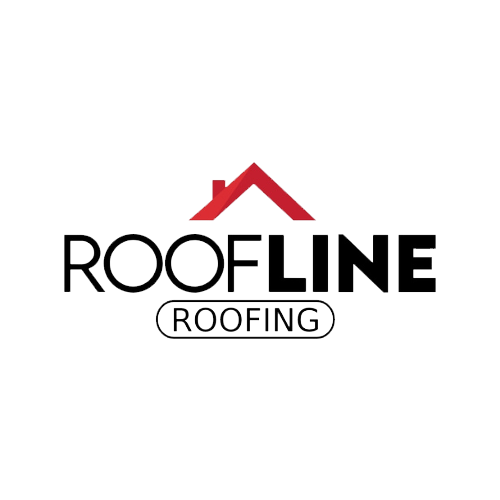Understanding green roofs is crucial for property owners in Palmetto, especially given their growing popularity in sustainable architecture. This guide delves into the practicalities of extensive and intensive green roofing systems, offering insights tailored to the unique climate and structural considerations of Manatee County. Through this exploration, you’ll discover how these eco-friendly installations not only elevate aesthetic appeal but also contribute to energy efficiency and environmental sustainability. By considering the benefits and requirements of each system, you can make informed decisions that enhance your property’s value and functionality.
As urban areas continue to expand, incorporating green infrastructure like green roofs becomes increasingly essential. These systems provide multifaceted benefits — from reducing stormwater runoff and improving air quality to mitigating urban heat islands. For commercial and residential buildings alike, understanding the structural demands and environmental advantages of each green roof type can guide you toward an investment that aligns with both your sustainability goals and the practical needs of your building. Whether you’re looking for a low-maintenance solution or a space that fosters biodiversity and community engagement, this guide will help you determine the best green roof for your property.
Types of Green Roofs: Extensive vs. Intensive
Choosing the right type of green roof for your property in Palmetto requires understanding the differences between extensive and intensive green roofing systems. Both have benefits, but they cater to different needs and structural capabilities. Green roofs not only enhance the aesthetic appeal of your building but also offer environmental benefits like improved air quality and energy efficiency.
Extensive green roofs are relatively simple but packed with advantages. They typically have a shallow growing medium that ranges from 1.5 to 6 inches deep. This type of green roof is lightweight, making it ideal for retrofitting on existing buildings where the structure might not support heavier loads. Extensive roofs usually support low-growing plants like sedums and other drought-resistant vegetation, which require minimal maintenance after establishment. According to a study from the University of Toronto, extensive green roofs can reduce a building’s energy consumption for air conditioning by up to 75% during summer months by insulating against heat and absorbing sunlight.
For commercial buildings in Palmetto looking to enhance environmental sustainability while minimizing ongoing maintenance, extensive green roofs might be most suitable. They offer an efficient way to manage stormwater runoff—a crucial feature considering Florida’s heavy rainfalls—which can reduce stress on drainage systems. The entire setup demands little structural support beyond basic waterproofing and root barrier layers, making them cost-effective. A supporting example comes from research published by the Urban Land Institute in 2020, which demonstrated that extensive green roofs can retain up to 70% of precipitation, mitigating potential flooding concerns.
On the other hand, intensive green roofs offer more complex opportunities for property enhancement. These roofs boast a deep growing medium of more than 6 inches, capable of supporting a wide variety of plants, from shrubs to small trees. While they are often heavier and require more structural support and reinforcement, intensive roofs transform rooftops into usable spaces, like gardens or recreational areas. The need for additional support and irrigation systems makes them a higher initial investment but can lead to increased property value and extended use.
Intensive roofs are beneficial for commercial properties aiming to create accessible green spaces. The opportunity to utilize roofs for leisure or community events adds value to commercial developments, and these spaces can become an important feature for residential complexes. A study by the Carnegie Mellon University found that applied green roofs can enhance property values by up to 15%, thanks to their aesthetic appeal and the societal preference for sustainable living.
Moreover, intensive roofs offer greater biodiversity compared to their extensive counterparts, fostering habitats for birds and butterflies and contributing to urban ecology. In Floridian environments, intensive green roofs can play a role in reducing urban heat island effects, contributing to a cooler urban climate. They also have longer lifespans and require comprehensive drainage and irrigation systems to maintain the varied plantings, implying regular upkeep.
Palmetto property owners should weigh their options before deciding on a green roof type. Extensive green roofs are suited for those seeking a cost-effective, low-maintenance option mainly focused on environmental benefits and utility savings. They cater well to existing structures with limited load-bearing capacity. In contrast, intensive green roofs are better suited for new constructions or major renovations where additional structural support can be incorporated. They offer a dynamic green space that can be enjoyed recreationally, delivered at a higher cost with greater complexity.
Ultimately, whether opting for an extensive or intensive green roofing type, Palmetto property owners can contribute positively to their community and environment. Studies underscore the reduction in pollution, greater urban biodiversity, and improved building energy efficiency associated with green roofs, offering options tailored to different needs and aspirations. By selecting an appropriate type for your structure and goals, you invest in the long-term health and value of your property while embracing the future of sustainable building practices.
Environmental Impact: Benefits of Urban Greenery
Urban green roofs offer a unique solution to some of the environmental challenges faced by rapidly growing cities such as Anna Maria. With concrete jungles sprawling across much of our urban landscape, integrating greenery becomes crucial for improving both human and ecological health. Green roofs, a cornerstone of urban greenery, replace barren, impermeable roofs with vibrant, plant-covered terraces that significantly alter our cityscapes.
The impact of urban green roofing extends beyond the immediate aesthetic improvements. A pivotal aspect is their ability to improve air quality. Plants on green roofs naturally filter pollutants from the air, including particulate matter and carbon dioxide. The National Research Council of Canada found that a green roof can capture up to 85% of particulate matter from the air, playing a vital role in fighting pollution. Moreover, the presence of green roofs in densely populated areas can reduce overall greenhouse gas emissions by lowering the energy demand for heating and cooling buildings, significantly contributing to cleaner air.
Another substantial benefit is the role of green roofs in mitigating urban heat island effects. Cities like Anna Maria can become notably warmer than their rural surroundings due to the prevalence of dark, heat-absorbing surfaces and limited vegetation. Green roofs counteract this by providing a cooling layer of moist plants, which absorb sunlight, offsetting heat gain. According to a study published in the Journal of Environmental Quality, the surface temperature on green roofs can be up to 20°C cooler than conventional roofs, reducing the energy needed for air conditioning.
Water management is yet another critical environmental benefit of urban green roofs. Heavy rainfalls can overwhelm drainage systems in urban environments, leading to flooding and pollution of waterways. Green roofing systems, especially extensive ones, serve as effective stormwater management tools. By absorbing and retaining rainwater, they lessen the burden on drainage systems. The United States Environmental Protection Agency (EPA) reports that green roofs can retain 50% to 90% of the stormwater they receive, depending on regional climate and the specific design of the green roof. In places like Anna Maria, where rainfall can be intense, this benefit plays a crucial role in sustainable urban planning.
Furthermore, green roofs contribute to increased biodiversity within urban settings. By providing habitats for a variety of species, these living roofs support birds, insects, and other wildlife in environments otherwise dominated by man-made structures. A study from the Royal Horticultural Society demonstrated that green roofs can support an average of 37 different plant species, which attract diverse animal life. This biodiversity is essential for maintaining ecological balance and enhancing resilience to environmental stressors.
Beyond their direct environmental impacts, green roofs can significantly enhance the social value of urban spaces. They improve community well-being by providing tranquil green spaces that foster relaxation and social interaction. Public or accessible private green roofs offer residents a sanctuary from the hectic urban life, promoting mental health and general well-being. The American Psychological Association highlights studies that have shown significant psychological and physiological health benefits directly linked to regular access to green spaces, including reduced stress and increased happiness.
Overall, incorporating green roofs as part of urban planning and development can result in a multitude of benefits, from improved air and water quality to enhanced biodiversity and quality of life. Each green roof is a testament to the potential of human innovation aligning with nature, contributing to sustainable urban living and climate resilience. As cities like Anna Maria continue to grow, the adoption of green roofing could play a pivotal role in shaping a healthier, more sustainable urban future.
Implementation Strategies: Installation and Maintenance Considerations
Implementing a green roof in Manatee County, whether on a residential or commercial building, requires careful planning and understanding of both installation and maintenance requirements. Installing a green roof involves more than just adding soil and plants; it requires a structured approach to ensure it serves its purpose effectively.
Before installation, it is crucial to conduct a structural assessment of the building. This assessment determines the building’s strength and load-bearing capacity to support the added weight of a green roof. Extensive green roofs are lighter and ideal for retrofitting projects due to their minimal soil depth, while intensive green roofs require incorporation of additional support for the deeper soil and larger plants they sustain. Consulting with a structural engineer can provide insights into what kind of reinforcement may be needed.
Waterproofing is another key consideration during the installation phase. Proper waterproofing protects the structure from water damage, which is critical in areas prone to heavy rainfall, such as Manatee County. A high-quality waterproof membrane should be complemented with a reliable root barrier to prevent plant roots from penetrating and damaging the roof structure. Installing drainage layers is also essential to manage excess water effectively and prevent pooling, ensuring the longevity of the roof and safeguarding against potential water ingress.
Choosing the right vegetation for your green roof is equally important. For extensive systems, opt for hardy plant species like sedums that are known to survive with minimal maintenance. In contrast, intensive green roofs allow for a wider selection of plants, but require planned irrigation systems to maintain the varied plant life. Native plants can be a strategic choice, as they are better adapted to the local climate and conditions, often requiring less water and maintenance.
Maintenance of green roofs involves regular inspections and care to preserve their benefits. Extensive roofs are generally low-maintenance, demanding periodic weeding and inspection of drainage systems to ensure they remain unobstructed. Conversely, intensive green roofs require a more hands-on approach, with regular watering, pruning, and fertilization as needed. Maintenance plans should be integrated with installation services to streamline ongoing upkeep. Keeping track of seasonal changes and weather conditions can help schedule preventive maintenance activities to address any issues before they escalate.
For commercial properties, the integration of green roofs may involve setting up a dedicated team or hiring professional services for consistent maintenance. This ensures that the green roof continues to provide its environmental benefits and remains aesthetically pleasing, contributing to property value. To maximize the impact of green roofs, consider integrating them with solar panels, which can improve the efficiency of both systems through mutual shade and reduced temperature fluctuations.
Incorporating green roofs into building designs in Manatee County not only contributes to environmental sustainability but also offers economic and social benefits for property owners. An effectively implemented green roof can become an asset, both enhancing property values and aligning with broader sustainable initiatives aimed at creating greener urban landscapes. Whether the choice is for a simpler extensive system or a more complex intensive one, careful consideration of installation and maintenance is critical for achieving long-term success and return on investment.
You might be asking
What are the unique benefits of green roofs in urban settings?
Green roofs offer a variety of advantages in urban environments. They help reduce the urban heat island effect by lowering ambient temperatures. Additionally, green roofs improve air quality by filtering pollutants and carbon dioxide out of the air. They also enhance stormwater management by absorbing rainfall, which reduces runoff and alleviates pressure on local drainage systems.
How does green roofing contribute to urban biodiversity?
Green roofing provides a habitat for various plant and animal species, leading to increased urban biodiversity. By creating a green space atop buildings, these roofs offer a sanctuary for insects, birds, and other small creatures. This type of ecosystem can link with other green areas, forming networks that support and enhance local wildlife.
What are the maintenance requirements for a green roof?
The maintenance for a green roof involves regular inspections and upkeep to ensure plant health and system functionality. Routine tasks include watering, fertilizing, and weeding to maintain the intended vegetation cover. Additionally, it’s essential to inspect drainage systems and roof membranes to prevent issues such as leaks or waterlogging. Generally, maintenance frequency depends on the type of vegetation selected and local climate conditions.
Next Steps
Green roofs present a compelling opportunity for property owners in Manatee County to advance sustainability while enhancing the value of their buildings. Before proceeding with your green roof project, consider the specific needs and capabilities of your building. Extensive green roofs offer a streamlined, cost-effective solution, particularly suitable for existing structures with limited support capacity. For those looking at major renovations or new builds, intensive green roofing provides a dynamic and valuable way to utilize rooftop spaces. Both types provide insulation benefits, improved air quality, and urban biodiversity.
To embark on your green roof journey, start by consulting with professionals who can assess the structural integrity of your building and advise on suitable installations. Proper planning of vegetation and maintenance is crucial to enjoy the full range of benefits these roofs can bring. Roofline Roofing stands ready to assist you with a detailed consultation, where we can explore your unique goals and tailor a solution that aligns with both your environmental and economic objectives. Reach out to us today for a free consultation and take the first step towards a greener future.
Contact Us
Use the form below to contact us or to schedule a free consultation.
I would highly recommend Roofline Roofing for any roofing needs. As a fellow business owner, their professionalism and efficiency stood out. They provided quality service, completed the job on time, and their pricing was fair. Very satisfied with their work!
-- Logan L.




